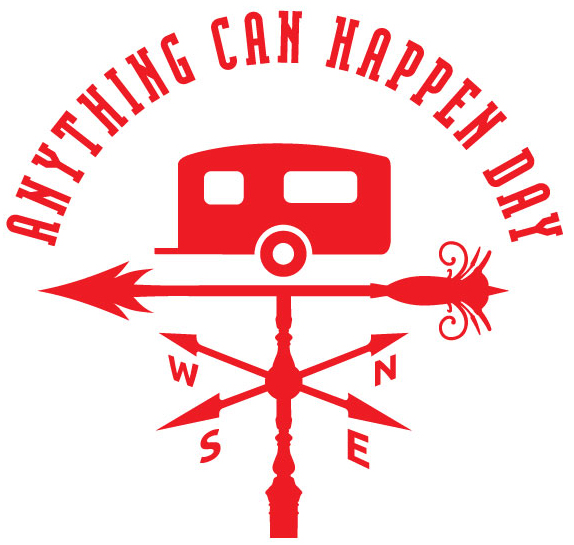A Crocodile Named Satán
“Do you see the yellow house on the side of the mountain?” asked our guide, René, indicating a brightly colored structure perched on the hillside. “It is the home of my father.”
We were standing on Chapala’s main drag, steps from its namesake lake. His father, René told us, had purchased the house years ago for his young bride. A man of many enthusiasms, he had famously installed a small menagerie behind the estate's walls, including a dozen bird species, a handful of deer, and a crocodile named Satán. The fishermen in town, René claimed, often donated fish for the growing croc. “Would you like to see it?” he asked.
Yes. Yes we would.
These are the sorts of experiences this blog was created for, and it is why I love travel. I had hired René to help us check out a campground on the lake along with a few small towns en route. Now, we were headed to his family compound. Which turned out to be magical. At once humble and extravagant, terraced gardens surrounded 3 modest homes, a pool, and small zoo. On the generous porch of one house, oddities and artifacts covered tables, shelves, and window ledges. I didn't know where to look first. Our host indicated a 8 foot-long crocodile hide stretched on the wall above a sofa. “That’s Lucifer,” he said. Lucifer, it was hoped, would provide companionship for Satán. It didn’t work out.
Every item in and around the house had a story, and each featured a 90+ year old European businessman with a taste for adventure and international real estate. We didn’t get to meet René’s father, but I picture a slightly older version of the “Most Interesting Man in the World.”
We eventually continued on to the campground, where two expats from Boston provided a personal tour and I tried to imagine life in a Mexican RV park. René ferried us back to Ajijic, where we exchanged travel tales over a leisurely midday meal and stopped at a grocery store to stock up on vanilla before racing back to Tlaquepaque for a quick sunset stroll. It was a bit of a whirlwind, but a game changer in terms of our relationship with Guadalajara. We had arrived as strangers, but now had a new friend and a story involving an eccentric 90 year-old and a crocodile named Satán. For some reason, that made all the difference.
Stay: Stately old mansions line the streets of Colonia Lafayette, the neighborhood where Villa Ganz is tucked just off the street, behind ornate security gates. Many of the area's old homes have been converted into trendy restaurants or designer boutiques and all are within walking distance of the Villa's cozy, antique-filled rooms. Breakfast and cocktails are served in the courtyard garden, warmed by an enormous stone fireplace. It was the perfect place to start, and end, each day.
Eat: Located across the street from Villa Ganz, Allium offers inventive farm to table cuisine in a modern open-air space. The menu changes to feature farm fresh produce, cheeses, and proteins. Everything was beautifully presented and utterly delicious. It was the best meal I had in Guadalajara.
Shop: Most of the travel guides that I read before our trip mentioned the craft centers of Tlaquepaque and Tonalá. All seemed to indicate that the former was more "established" and "polished" with goods priced a bit higher. The latter, my research suggested, was more "grass roots" offering lower prices and emerging craftspeople. Tonalá hosts a street market on Thursdays and Saturdays that you might want to take advantage of, or avoid, the guides said. We went on a Thursday and—OMG! Let me state unambiguously that it is crazy. The market sprawls in all directions via tightly packed tables and tents set on sidewalks and streets in front of more established "brick and mortar" shops. The density is simply remarkable. It doesn't take long to achieve a state of overload. So much stuff! Most of it apparently identical! If you are the type of shopper who enjoys the thrill of the hunt, this could be your mecca. Somewhere in this maze of vendors, there's a fabulous find. Enjoy.

